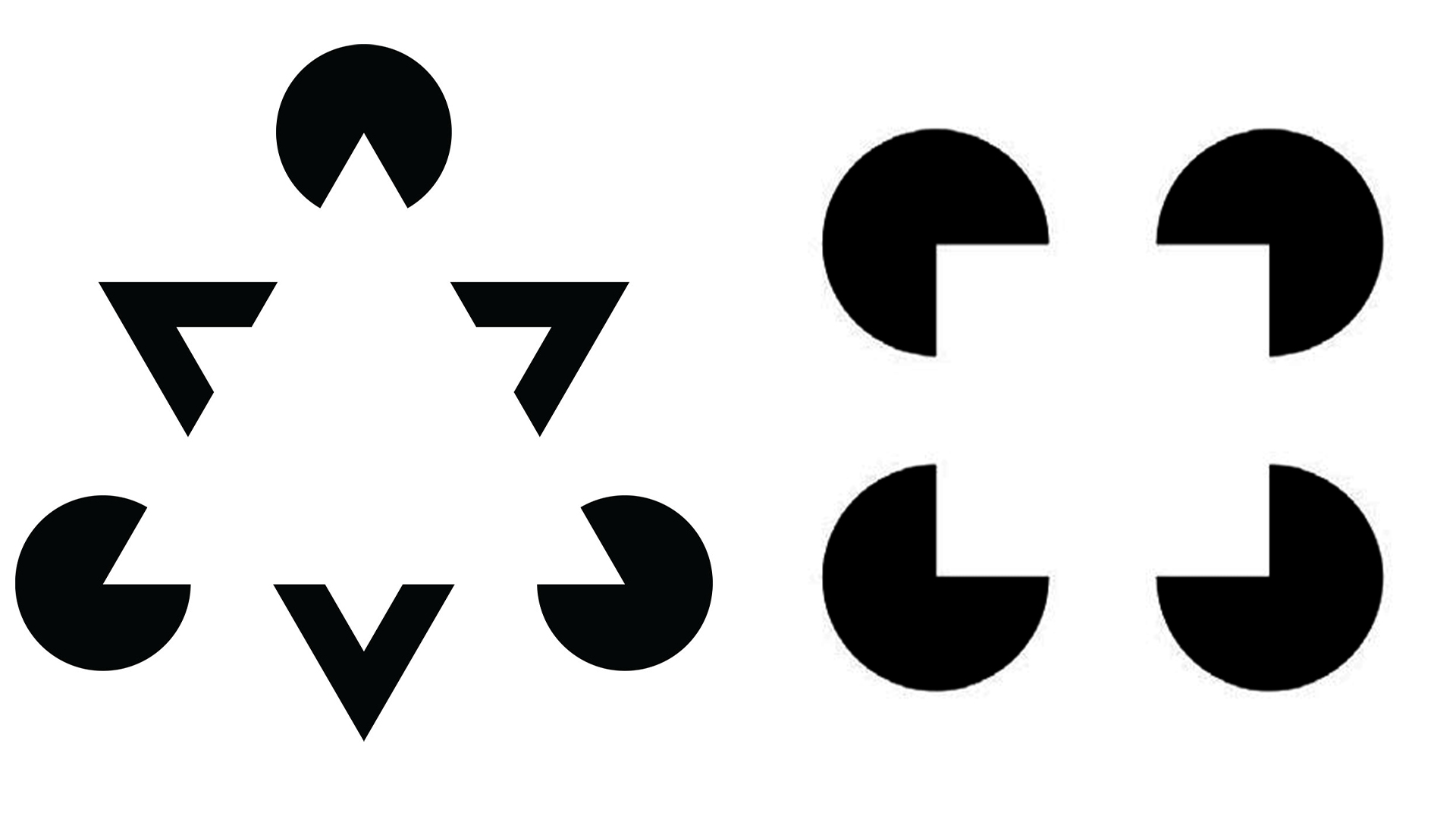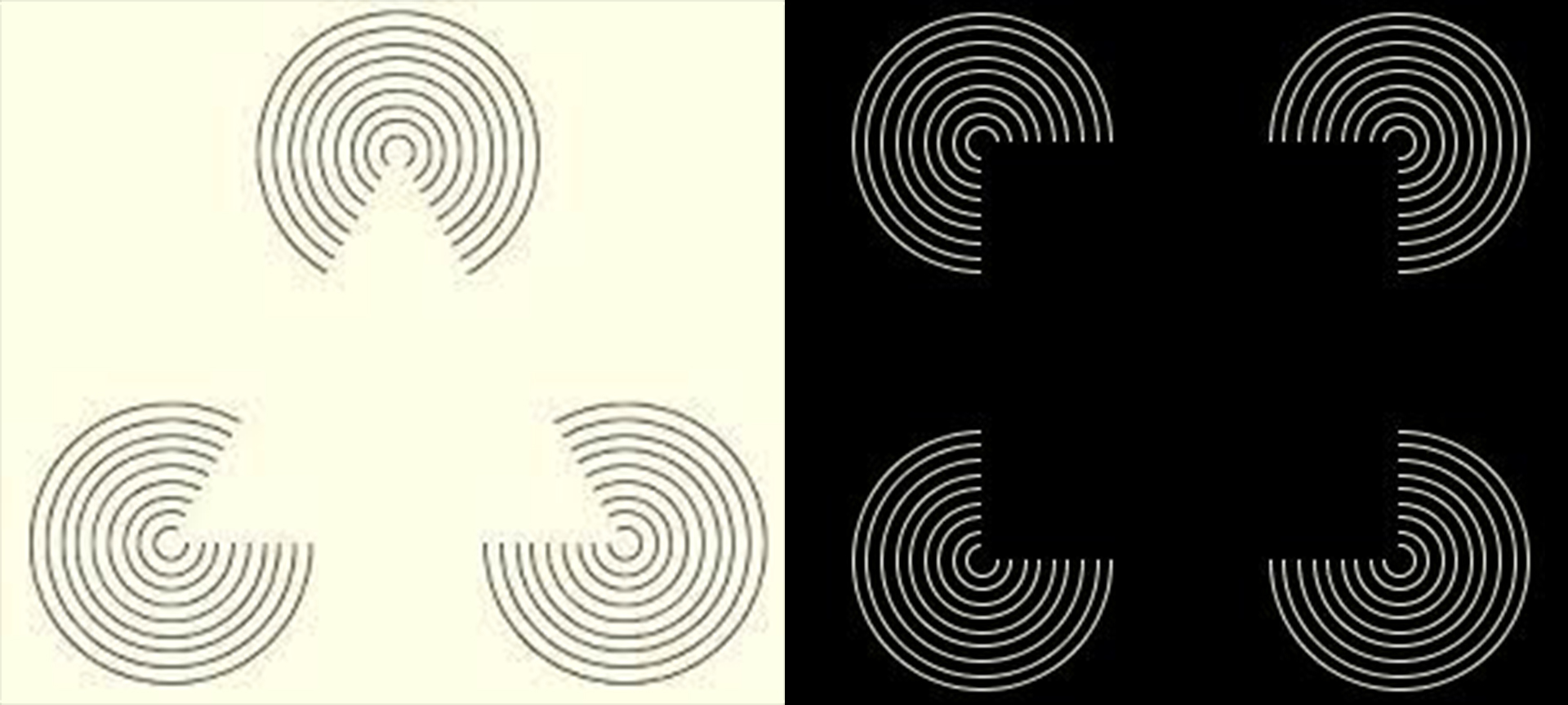
Optical illusions come in all forms, from the cognitive to the physiological, often boggling our brains beyond our understanding. Deepening our understanding of these fascinating phenomena, a new study has recently revealed how the iconic 'Kanizsa square' illusion works, thanks to the help of lasers and some rodent friends.
The best optical illusions are often the simplest, making the most basic visuals mind-meltingly perplexing. While unassuming, the Kanizsa square demonstrates how easily our minds can be fooled, and now, thanks to good ol' scientific research, we can finally (sort of) understand how it works.

Kanizsa illusions often feature a background pattern with what appears to be the outline of a shape pasted over the top. Due to the pattern's negative space, our brains interpret a shape with a mixture of sensory data and learned expectations that create a 'best guess' of what's in front of us. When sensory data isn't complete, the brain fills in the gaps, creating illusory contours.
Researchers recently discovered that mice experience optical illusions similarly to us, where the brain creates a 'feedback loop', in which the illusory contour data is processed in a higher visual area of the brain. Using laser light beams, scientists were able to simulate this brain activity, locating the specific neurons (named the IC-encoder neurons) that create the illusion.

For more mind-bending visuals, check out this optical illusion that demonstrates the power of focus or check out this astounding optical illusion graffiti.







